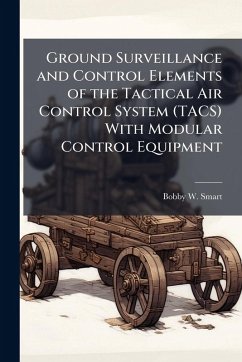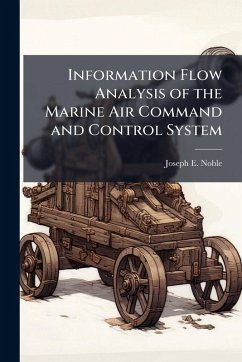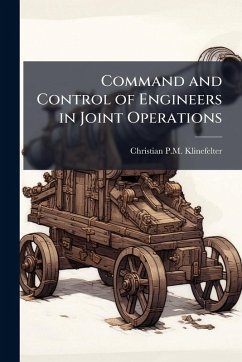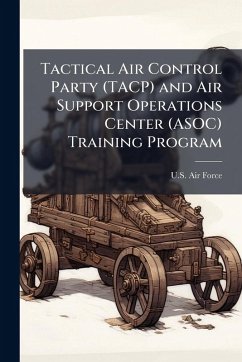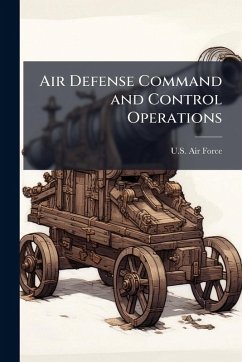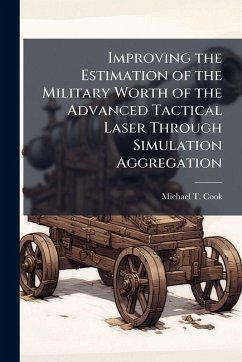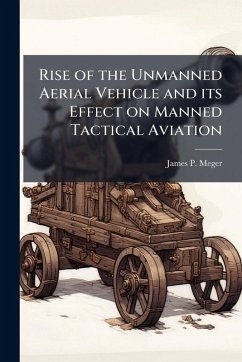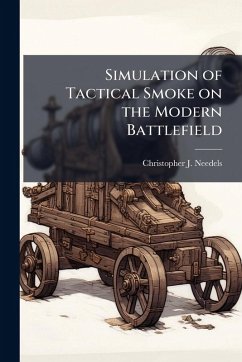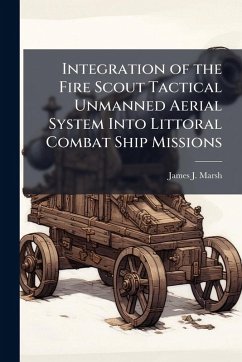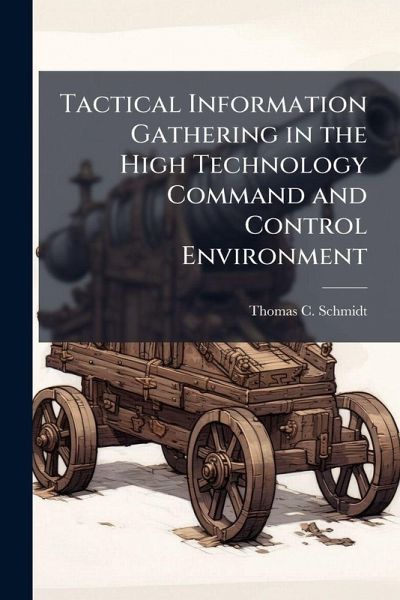
Tactical Information Gathering in the High Technology Command and Control Environment

PAYBACK Punkte
8 °P sammeln!
This study investigates the US Army division commander's leadership responsibilities in directing the information gathering effort of his high technology command and control systems. The study first summarizes some major criteria for effective command and control. The study briefly describes today's command and control environment, recognizing the effects of the latest technology, revised doctrine, and the timeless human element of war. It then examines the potential effects of high technology information gathering on effective command and control. The study identifies five leadership requirem...
This study investigates the US Army division commander's leadership responsibilities in directing the information gathering effort of his high technology command and control systems. The study first summarizes some major criteria for effective command and control. The study briefly describes today's command and control environment, recognizing the effects of the latest technology, revised doctrine, and the timeless human element of war. It then examines the potential effects of high technology information gathering on effective command and control. The study identifies five leadership requirements for the division commander in directing the information gathering effort. Those requirements are to: emphasize "command" over "control", organize the systems for the information gathering effort, focus the information gathering effort, discipline the information gathering systems, and train for the effort. The study concludes that the division commander's personal and organizational leadership is necessary to gain the great advantages of the US Army division's modern information gathering systems while minimizing the inherent adverse effects of those systems on effective command and control. This work has been selected by scholars as being culturally important, and is part of the knowledge base of civilization as we know it. This work was reproduced from the original artifact, and remains as true to the original work as possible. Therefore, you will see the original copyright references, library stamps (as most of these works have been housed in our most important libraries around the world), and other notations in the work. This work is in the public domain in the United States of America, and possibly other nations. Within the United States, you may freely copy and distribute this work, as no entity (individual or corporate) has a copyright on the body of the work. As a reproduction of a historical artifact, this work may contain missing or blurred pages, poor pictures, errant marks, etc. Scholars believe, and we concur, that this work is important enough to be preserved, reproduced, and made generally available to the public. We appreciate your support of the preservation process, and thank you for being an important part of keeping this knowledge alive and relevant.



